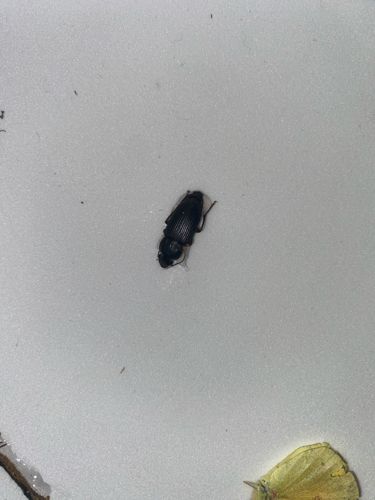Click Beetle
Scientific Name: Family Elateridae
Order & Family: Order Coleoptera, Family Elateridae
Size: Typically 5mm to 30mm, though some tropical species can be larger.

Natural Habitat
Found in various habitats including forests, grasslands, gardens, and agricultural fields. Larvae are often found in soil or decaying wood.
Diet & Feeding
Adult click beetles primarily feed on nectar, pollen, or sometimes soft plant tissues. Larvae (wireworms) are typically herbivorous, feeding on roots, seeds, or underground stems, and some species can be predatory on other soil insects.
Behavior Patterns
Adults are known for their unique 'click' mechanism, where they can snap their body to right themselves when overturned, often accompanied by an audible click. Larvae (wireworms) are slow-moving and remain underground. Most species are nocturnal, attracted to lights.
Risks & Benefits
Larvae (wireworms) can be significant agricultural pests, causing damage to crops like corn, potatoes, and other root vegetables. Adults are generally harmless and can contribute to pollination. They are also part of the food chain for other animals.
Identified on: 9/17/2025